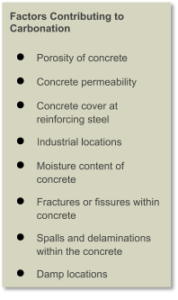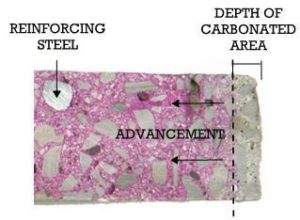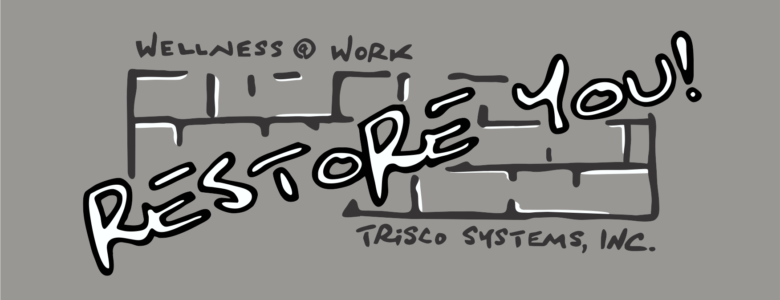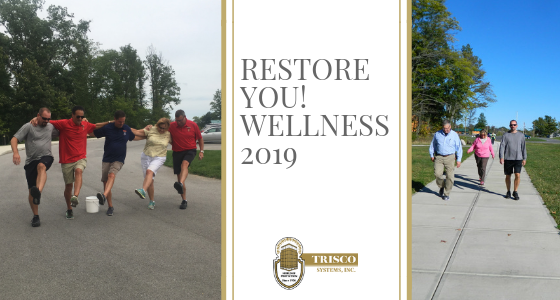When building components such as brick, concrete, and stone are neglected they can become loose or displaced. In some cases, they can fall off and crash to the ground which can be fatal. Recently, many cities have created ordinances that require building owners to have inspections done on their buildings to help ensure public safety.
If your structure is located in a city with an ordinance in place, you are required to inspect it. However, if you aren’t required to inspect it, that doesn’t mean you should ignore it. We frequently identify imminent dangers that the property manager or building owner are unaware of. These issues are a liability concern because a fatality can result in a costly lawsuit. A quick Google search for “bricks fall” produces several links to newspaper articles about injuries and fatalities caused by bricks or other pieces falling off of buildings and striking unsuspecting pedestrians on the sidewalks below.
What you can do
If you have a structure in which people walk beneath, you should periodically walk around it and look at it closely. Here are a few things to look for:
- Cracks and fractures in your brick, stone, or concrete
- Shifting or movement of walls or components such as stone caps or window sills
- Walls that lean or bow such as the area above the top floor windows or parapet walls
- Spalling of concrete, stone, or terra cotta
- Deflecting steel lintels that carry the brick above window openings
- Bulging bricks above windows
- Lid edges around concrete storage silos
- Chunks of brick, concrete, or other building materials laying on the ground
What we can do
One of the most common responses we hear is “it has been that way forever, why do we need to fix it now?” This usually arises from the cost of the repair or the cost of the inspection. The answer: “because it could happen tomorrow and we have the chance to save a life today.”
If you see something alarming, or if you just want a courtesy inspection, please contact us. Depending on the location of your property and any applicable ordinances, we will assess the situation and engage our partner engineers or architects if required to properly inspect the façade. After an inspection, a written report will be prepared to document the findings and make recommendations for repair and for future inspections.






 In another example, if the tests indicate that carbonation is present at a certain depth, then we can measure the rate of advancement of the carbonation based upon the age of the structure. If the depth of the reinforcing steel is verified or known, then we can predict how long it will take the carbonation to reach the reinforcing steel. In this example, a protective coating can help stop the carbonation from advancing toward the reinforcing steel if it is caught in time.
In another example, if the tests indicate that carbonation is present at a certain depth, then we can measure the rate of advancement of the carbonation based upon the age of the structure. If the depth of the reinforcing steel is verified or known, then we can predict how long it will take the carbonation to reach the reinforcing steel. In this example, a protective coating can help stop the carbonation from advancing toward the reinforcing steel if it is caught in time.




